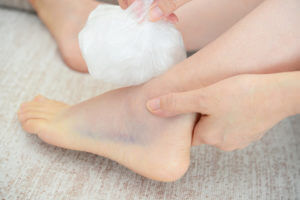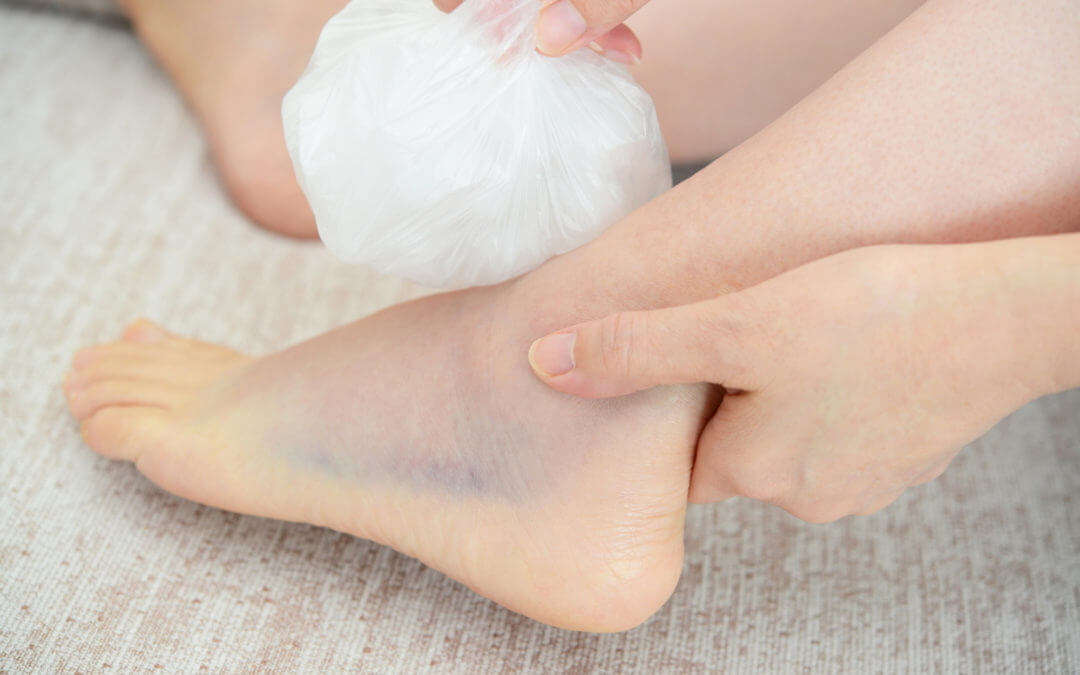Don’t Lose A Toe: How Diabetes Can Affect Your Feet
 According to the Center for Disease Control and Prevention (CDC), more than 100 millions American adults have diabetes.
According to the Center for Disease Control and Prevention (CDC), more than 100 millions American adults have diabetes.
Diabetes is a condition wherein blood sugar or blood glucose level is too high. The sugar comes from the food you eat. Having elevated levels of glucose in your blood for a long time can lead to several complications, including foot problems.
In this post, we’ll show you how diabetes can affect your feet. Read on to learn more!
Effect of Diabetes on Your Feet
Feet tend to be very sensitive to the impact of diabetes. The feet can experience loss of feeling, severe infection, and inadequate blood supply. Here are two ways the condition affects the feet:
Diabetic Neuropathy
Uncontrolled diabetes can damage nerves in the legs and feet. When the nerves are damaged, you might not feel pain, cold, or heat. This condition is known as diabetic neuropathy.
Treatment can help lessen the effects of the condition, but it can’t be cured. When you get injuries, bruises or cuts on your feet, it’s really hard for them to heal, and they usually get infected.
Also, the muscles in the feet and legs won’t function well. This is because the nerves that make them work are damaged. As a result, many patients will suffer from poor feel alignment.
For patients with diabetic neuropathy and peripheral vascular disease, the feet will develop foot ulcers.
Peripheral Vascular Disease
In this condition, the circulation of blood to the feet, arms, and other body parts is limited. Inadequate blood supply to the feet makes sores or cuts hard to heal.
Peripheral vascular disease (PVD) affects the blood vessels that supply blood to the feet and arms by making them thinner. It narrows the vessels outside the heart and brain. In severe cases, PVD can stop blood supply completely.
Patients with diabetes are already at risk of PVD. Factors, such as smoking, physical inactivity, obesity, high blood pressure, and bad cholesterol, increase the risk even more.
Diabetes Foot Care
If you have diabetes, foot care is essential to prevent blisters and sores.
It’s advisable to inspect your feet daily for cuts, blisters, bruises, swelling, and redness. Bear in mind that even a small cut could potentially worsen and get infected.
Wash your feet daily using lukewarm water. Never use hot water as it could easily lead to burns that can develop into blisters. Be sure to moisturize your feet to prevent dryness and cracks. Don’t moisturize between the toes as that could lead to a fungal infection.
Always keep your feet warm and dry, especially when you live in cold areas or during snowy seasons. Wear clean, dry socks and be sure to change them daily.
Never walk barefoot, and strive to manage your diabetes.
Final Thoughts
Uncontrolled diabetes can affect your legs. Apart from the conditions mentioned above, patients are also at risk of developing common foot problems like calluses, corns, athlete’s foot, bunions, and fungal infections, among others.
At Family Foot & Ankle Centers, we have experts in diabetic care ready to help you. Call our office to schedule an appointment today at 972.597.4132. Get in touch with us to schedule your appointment today.
In addition to diabetes foot problems, we can also help you with ingrown toenails, hammertoe treatment, toenail fungus, heel pain. ankle and foot surgery, and all other podiatry issues.
If you have any questions, please feel free to contact one of our our offices located in Waxahachie, Ennis, or Corsicana, TX today. We have helped over 50,000 happy patients in Texas since 1999 and it is our goal to improve lives one foot at a time.
The information provided in this article is not meant to be medical advice and is for educational purposes only. If you would like to learn more about topics related to podiatry, feel free to contact Family Foot & Ankle Centers by clicking here or calling 972-597-4132 to reach our Waxahachie office, 903-872-9910 to reach our Corsicana office, or 972-875-3668 to reach our Ennis office.



